Historic Preservation Alumni Profiles
The Certificate in Historic Preservation is pursued by students with a variety of backgrounds, both professionally and educationally. Coursework in preservation is open to both undergraduate and graduate students in all departments. This allows for the program to have a truly interdisciplinary nature while creating further academic connectivity within the A-School. Graduates of the certificate program in Historic Preservation at UVA become part of a strong network of alumni who go on to work for architecture firms, preservation organizations, local governments, historic houses, and museums. Learn more about our alumni through the profiles shared below:
|
Image
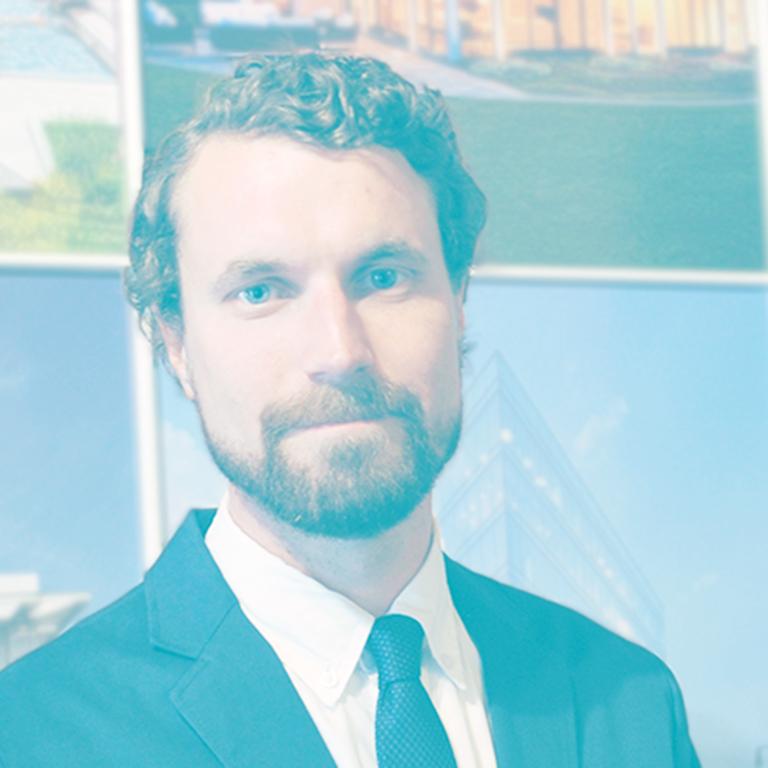
|
Image

|
Image

|
Image

|
Andrew Marshall
Andrew Marshall was born and raised in Hampton, Virginia, and studied architecture at Virginia Tech. After graduation, he practiced in the fields of construction, preservation, and exhibit design at several architectural and design firms. During those years, he became fascinated with the many historic structures that comprise the urban fabric of Virginia's towns and cities. As an extension of his training and interests, he decided to pursue an MA in Architectural history at UVA.
While a member of StudioAmmons, Inc. of Petersburg, Andrew participated in the renovation & restoration of the Robert Russa Moton Museum in Farmville, Virginia, a key site in the struggle for Civil Rights in education. The former school was the site of a student-led strike in 1951 and the consequent court case was eventually included in the Brown v. Board of Education Supreme Court case, which led to the desegregation of schools across the country. Andrew served as project architect, participated in the exhibit design process, and managed the exhibit installation of the museum. The renovation and exhibit projects received awards from Preservation Virginia, Southeast Association of Museums, and the American Association for State and Local History. To find more information about the museum, click here: motonmuseum.org.
|
Image
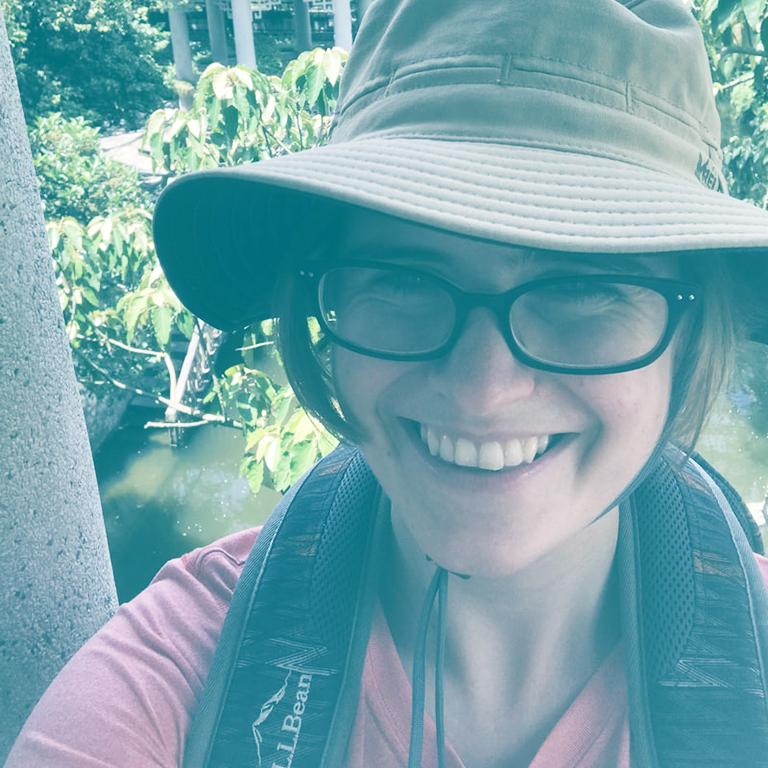
|
Image

|
Image

|
Image

|
Elizabeth Nowak
Growing up, Elizabeth Nowak and her family spent most school breaks at historic sites and museums. She chased her love for history in her undergraduate studies at James Madison University. Her path took an unexpected turn when she chose to spend a year teaching English in South Korea. Her time in Uijeongbu-shi, a small city just north of Seoul, and her subsequent travels in Europe brought up a lot of questions about cultural heritage she had not considered before.
When she returned to the United States she worked at several sites, both as a volunteer and employee, and ultimately decided to pursue a Mater's in Urban and Environmental Planning. Pursuing work as a preservationist planner would allow her to work within the larger picture, the greater context of historic preservation. When she graduates, she plans to find work with a Main Street America program or as a preservation planner.
For the past year, Elizabeth worked at Preservation Virginia’s Cape Henry Lighthouse as a historic interpreter and volunteer education coordinator. While there, she created several education programs for elementary school groups about the history of the lighthouse. She has also worked as an educator at Nauticus in Norfolk and at George Washington’s Mount Vernon.
|
Image
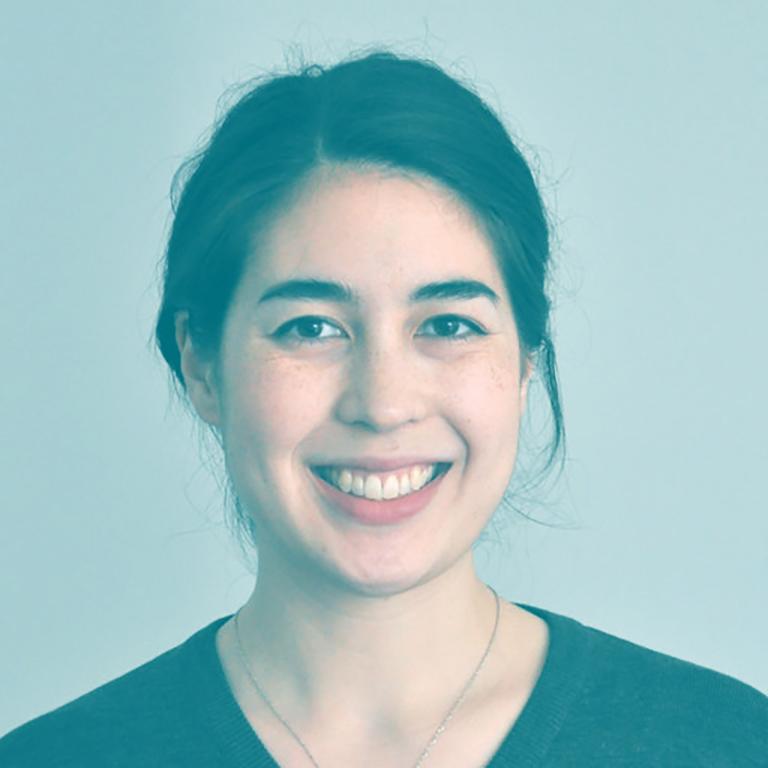
|
Image

|
Image

|
Image

|
Aisha Sawatsky
Aisha Sawatsky's decision to pursue the Master's of Architecture degree at UVA was strongly influenced by the interdisciplinary opportunities presented by the Certificate programs. She was drawn to the idea of studying Historic Preservation at a UNESCO World Heritage Site because the skills and knowledge acquired could be supported by and applied to her daily environment.
With the recently renewed interest and investment in urban cores, the adaptive reuse of historical buildings is becoming more common and necessary. Understanding historical construction and preservation techniques becomes essential in order to best integrate these sites with modern sustainability and living standards.
She was also interested in the ways that historical buildings express culture and identity as these lessons can be applied to new constructions and aid in the further development of regionally specific architecture.
Engaging in the Historic Preservation course of study will enable me to be a better architect and to contribute positively to our future cities and environments.
|
Image
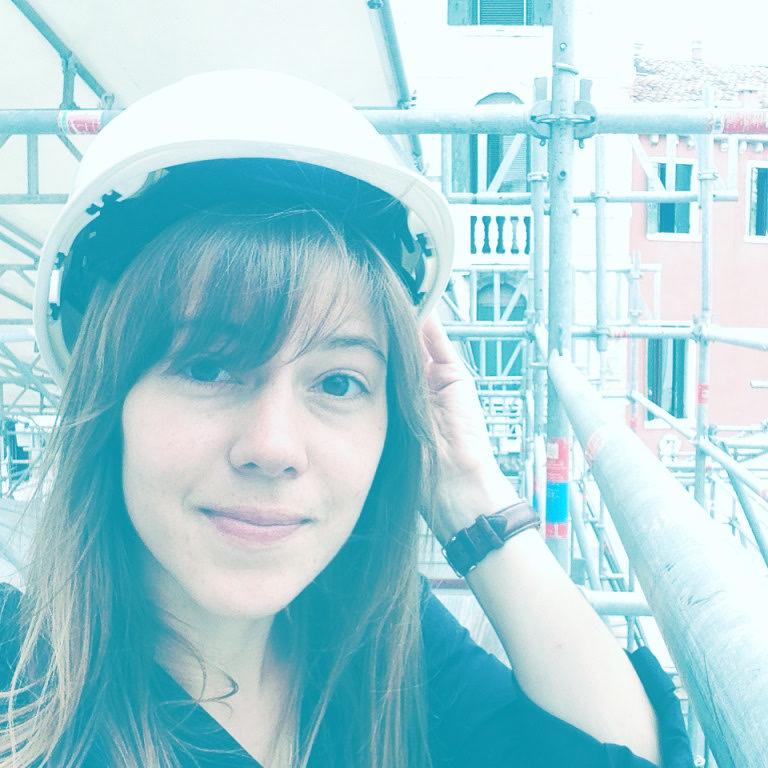
|
Image

|
Image

|
Image

|
Lindsay Luria
In Lindsey's academic work at UVA and in her professional work with Wolf Josey Landscape Architects, she maintained a focus on the physical and cultural connections between people and their environments. Prior to graduate school, she spent three years working for the National Geographic Society, AmeriCorps, and in the government contracting to promote public and environmental health.
Since starting her Mater's degree at UVA, she also interned for the Historic Preservation department's Venice (Italy) Program and worked as a Teaching Assistant in the Planted Form and Function Courses. While in Venice, she worked with a preservation firm and kept a public blog detailing her experience and observations of the city as a landscape. Incorporating her interests in history, health, and ecology, her additional writings have been published in Abode magazine and Cville Weekly.
|
Image
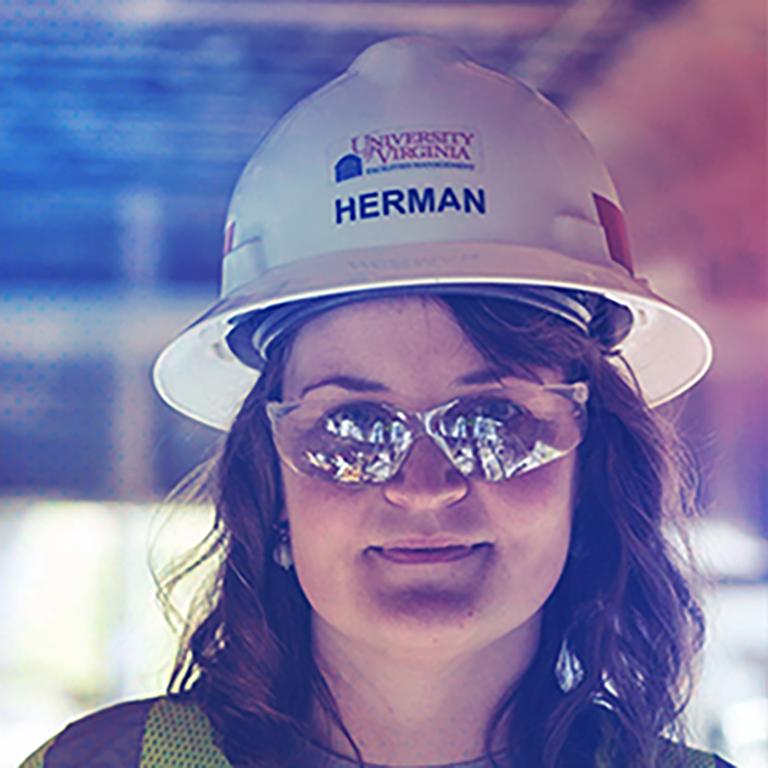
|
Image

|
Image

|
Image

|
Sarita Marie Herman
Sarita Marie Herman's graduate thesis focused on the work of Landscape Architect Lawrence Halprin, and his firm's design of the Charlottesville Pedestrian Mall and Master Plan. Since graduating, she has contributed essays on the topic to The Cultural Landscape Foundation's Pioneers of American Landscape Design, and to the Magazine of Albemarle Co. History.
Herman is now a Historic Preservation Manager in the University of Virginia's Facilities Planning & Construction Department. As a member of the Historic Preservation Team at UVA, she had the opportunity to work on a daily basis with a diverse and knowledgeable group of preservation professionals, including architects, planners, archaeologists, scholars, and craftspeople.
She served on the project management team for the once-in-a-lifetime renovation of the Rotunda. She continues to work on numerous preservation efforts in Thomas Jefferson's Academical Village and other historic sites at UVA.
|
Image
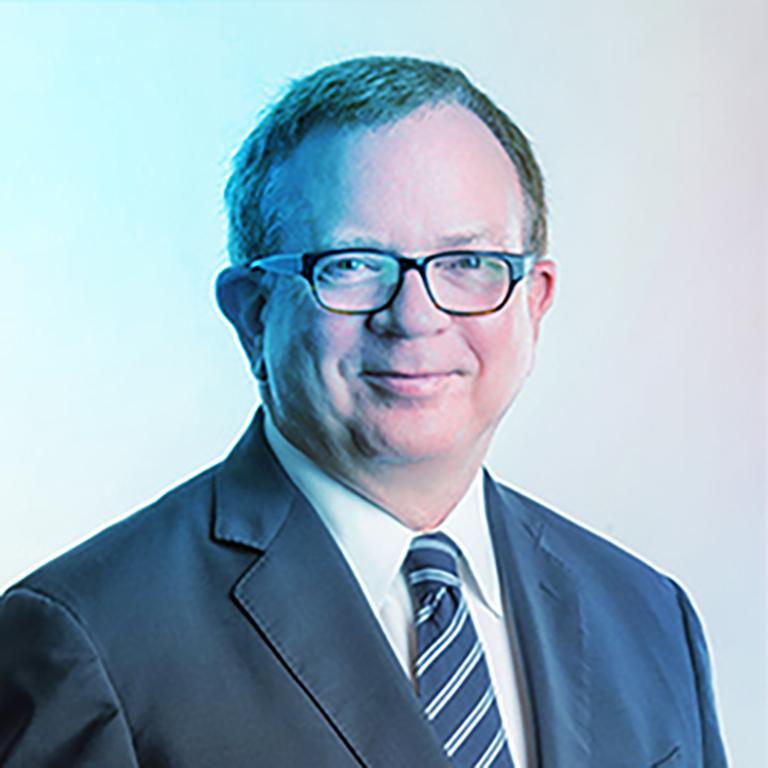
|
Image

|
Image

|
Image

|
Peyton Hall, FAIA
Peyton Hall's professional degree in architecture predates the historic preservation certificate at UVA. During the 5 years he completed 5 courses in architectural and urban history, and was a member of the school's chapter of the Society of Architectural Historians. He studied with Mario di Valmarana and Robert Vickery, and traveled to Venice and Vicenza with Frederick Nichols and Carlo Pelliccia in 1972, the second year of the Italian program.
He settled on the west coast, where he directs Historic Research Group, a consultancy that employs architectural historians, preservation planners, and historic architects. Their work ranges from surveys and cultural resource reports to historic structure reports, materials studies, design assist, and construction monitoring. As Adjunct Professor at the University of Southern California, he enjoys working with a new generation of Heritage Conservation majors. Projects include SurveyLA, a master plan for the Doheny Greystone Mansion, adaptation of Julia Morgan’s Herald Examiner Building, renovation of the Los Angeles Memorial Coliseum, and a comprehensive survey of LAX.
|
Image
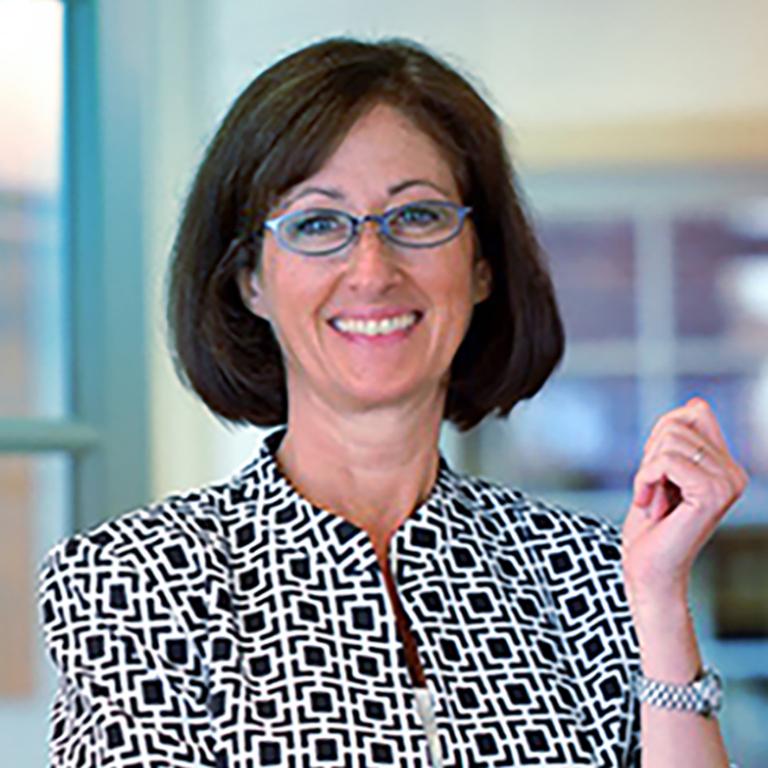
|
Image

|
Image

|
Lori Snyder Garrett, AIA
Intrigued by architecture from an early age, Lori Snyder studied math and art at Messiah College in preparation for pursuing her graduate degree in architecture at the University of Virginia. In 2003, she joined Glave and Holmes Architecture as an Associate and currently serves as Senior Principal and Director of the Higher Education Studio. She worked on a range of building typologies for colleges and universities; frequently these involved rehabilitations to existing buildings or new work in historical contexts.
She has had the opportunity to rehabilitate or design additions to a number of State and National Historic Register projects. Striving to make the best uses of a University’s resources, she enjoys working with her team to breathe new life and vitality into obsolete or worn buildings. At UVA, she led the historic renovation of O’Neil Hall (formerly the Rugby Road Building), which involved adaptively reusing a building originally designed as faculty housing. She oversaw the renovation of Washington and Lee’s iconic Colonnade, completing the rehabilitation of five individually-significant buildings in a National Historic Landmark district.
